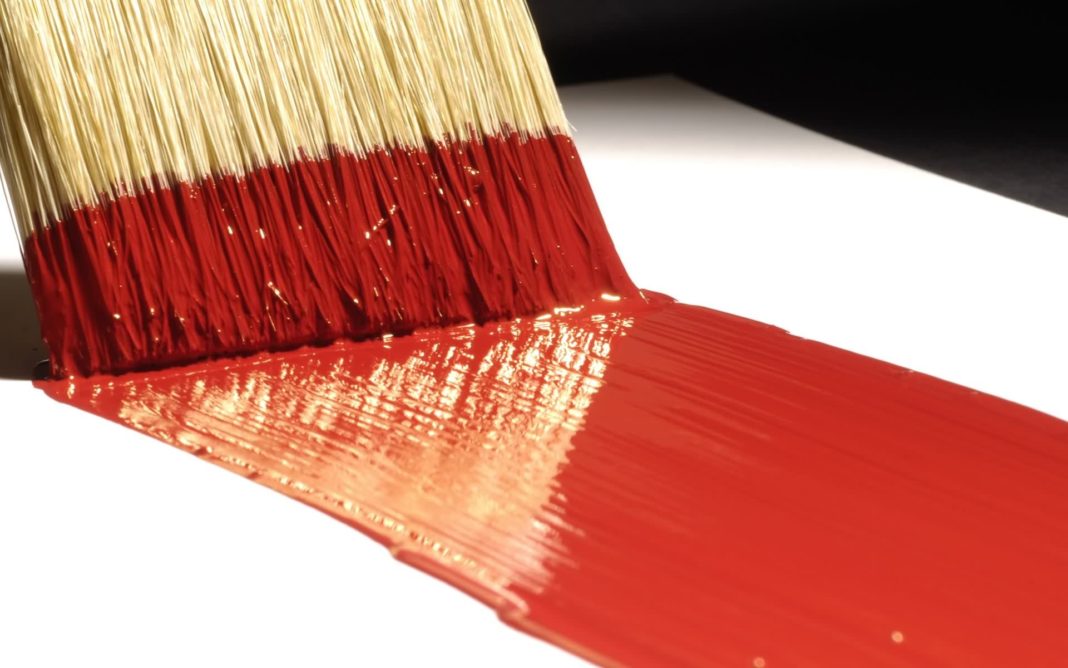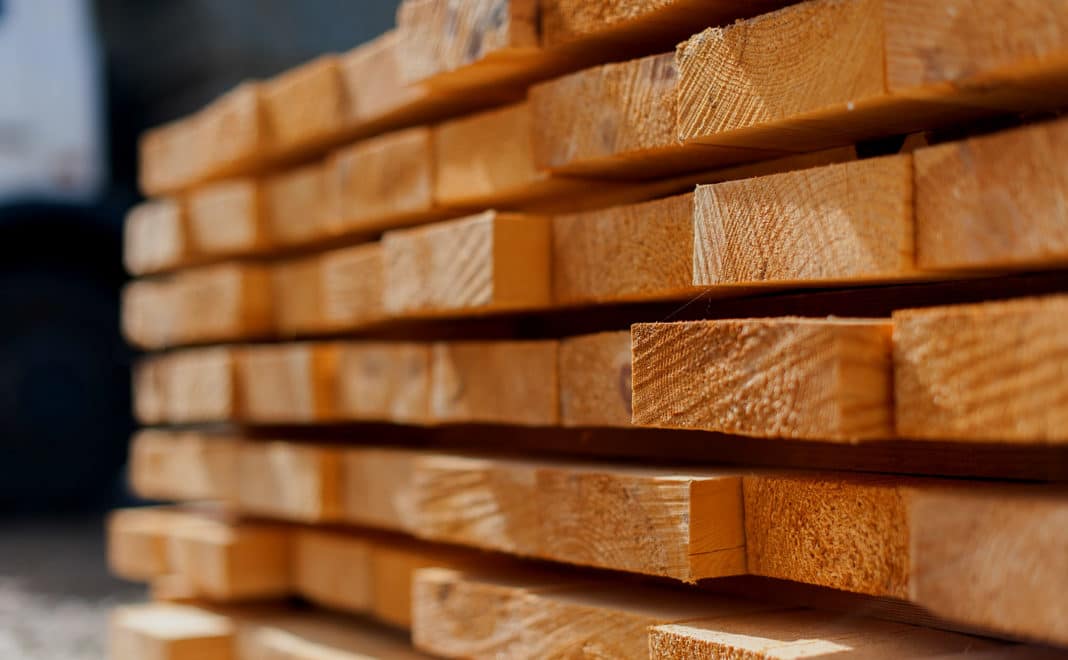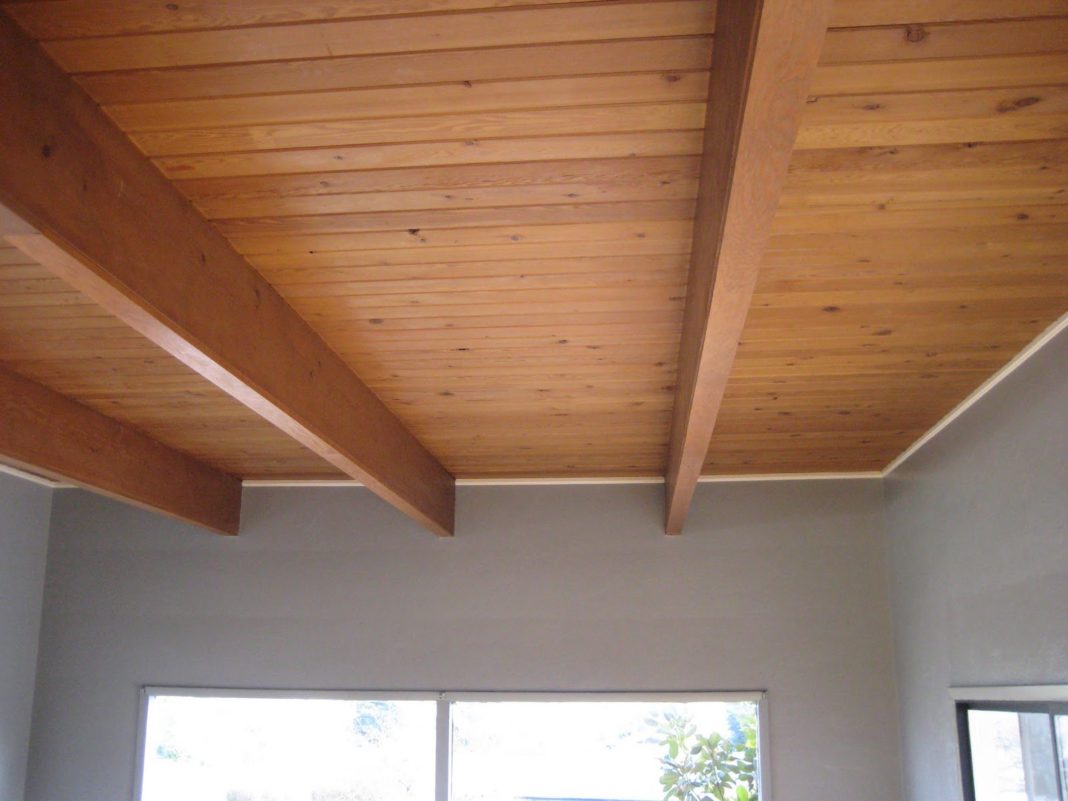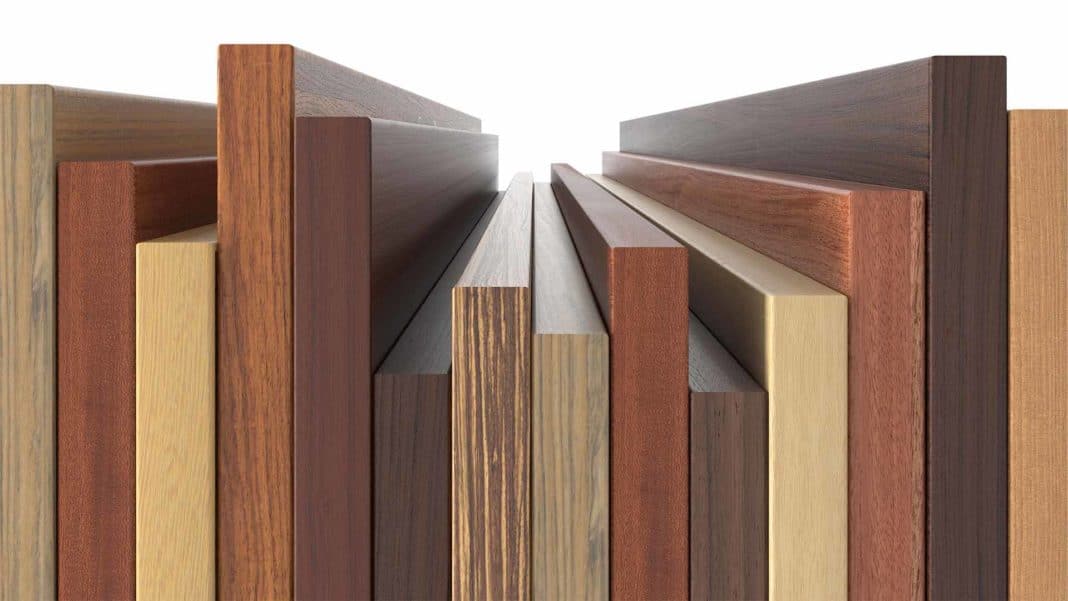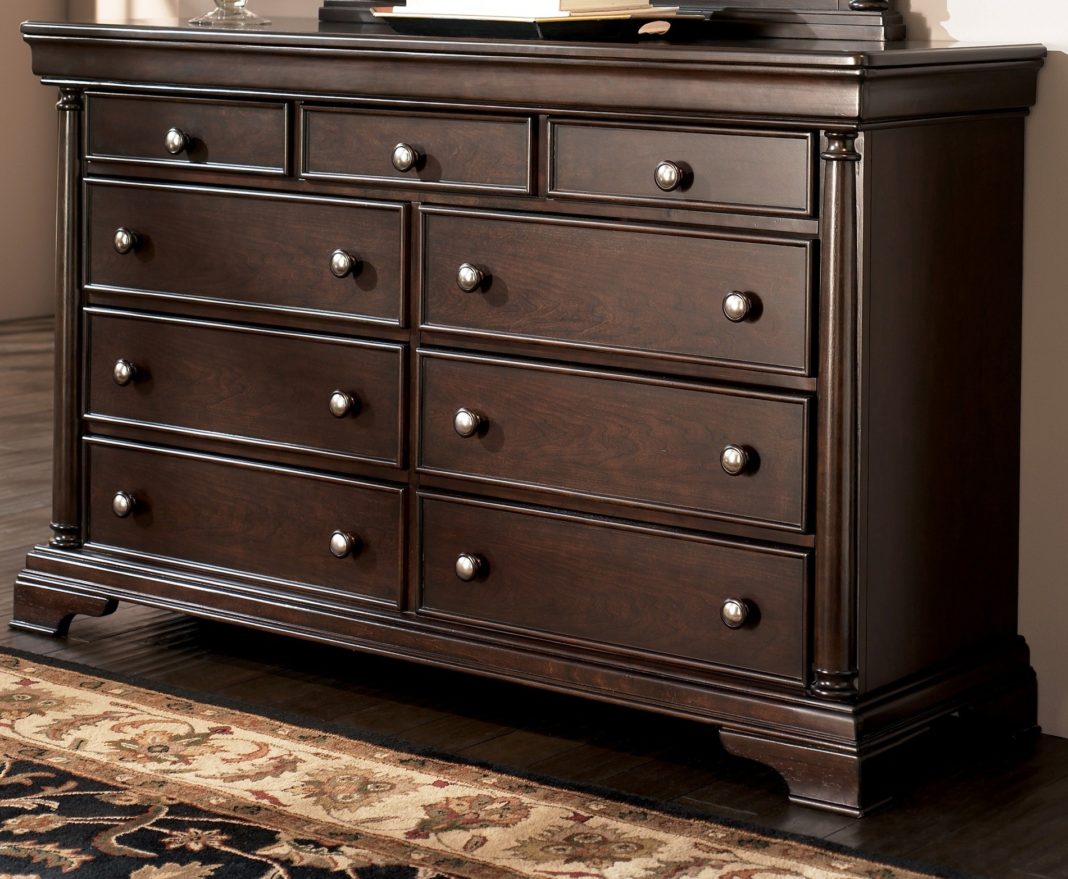Quality paint can transform “time-worn” furniture items beyond recognition. A good coating can breathe new life into an old wardrobe or worn-out table, protecting delicate wooden garden furniture from moisture, pests, and mechanical damage.
Choosing Products for Renovation
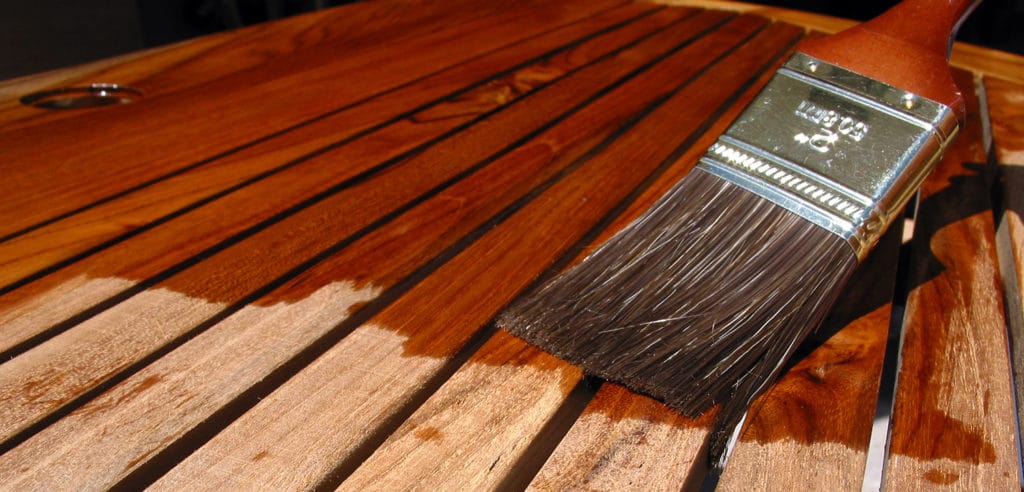
Transparent Paint for Wood
Today, materials for restoring and transforming wooden furniture can be found in any hardware store. However, an inexperienced consumer can easily get confused by the wide range of products, so it is advisable to familiarize oneself with the theory or consult a specialist before making a purchase.
All modern paints and varnishes for wood can be divided into 2 groups:
- transparent;
- non-transparent (colored).
Transparent paints allow you to restore the appearance of furniture while preserving the luxurious texture of natural wood, as well as the original style and color design set by the manufacturer. They can hide natural wear and tear without changing the matte finish and color of the treated surface. The only acceptable pigments in such paint should emphasize the structure of the wood.
Colored paints are used for a radical change in the appearance of furniture and maximum concealment of defects – small scratches, minor chips, and wear.
Types of paints for wood:
- oil-based;
- acrylic;
- alkyd.
Paint for wooden furniture should have waterproof and anti-corrosion properties, reliably protect the treated surface from ultraviolet radiation, and be chemically and operationally safe.
Advantages and Disadvantages of Popular Materials
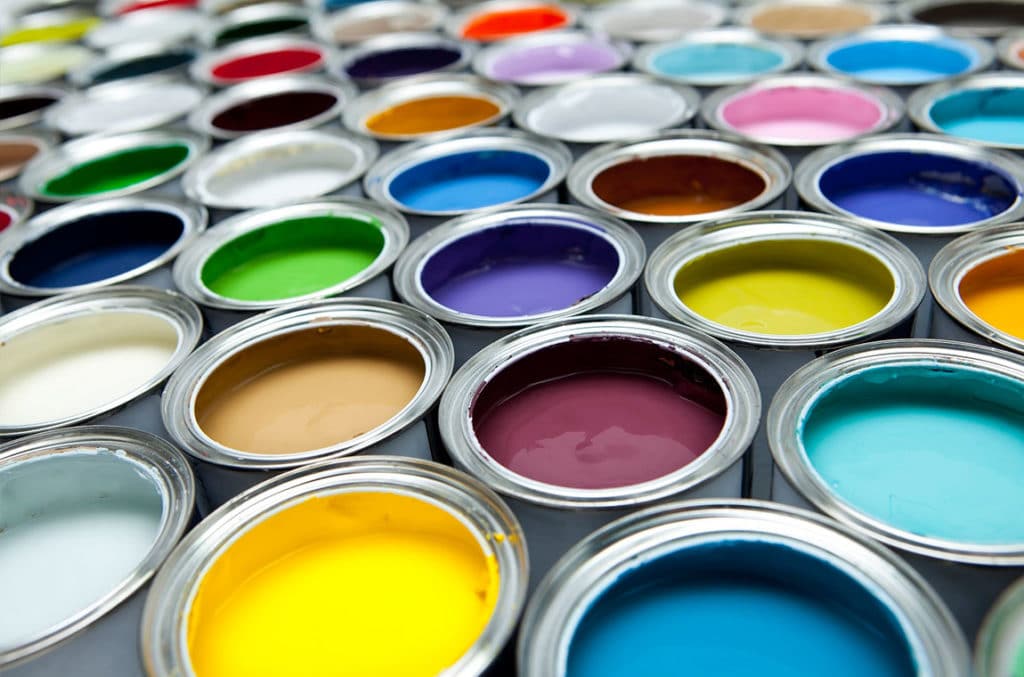
Alkyd Paints
Oil-based paints for furniture are used less and less. They are toxic, difficult to work with, take a long time to dry, and have an unpleasant smell. The only advantage is their affordable cost. They can still be found on store shelves, but more and more buyers prefer to use more modern and safe coatings.
Alkyd paints are coatings based on alkyd resin (an organic binding component). They are used for restoring furniture made from various types of wood.
Advantages of alkyd coatings:
- resistant to ultraviolet radiation and moisture;
- easy to apply;
- reliably protect painted wood from mechanical wear;
- do not fade;
- environmentally friendly.
Disadvantages:
- have a slight smell;
- dry from 4 to 12 hours;
- have a high flammability rating.
When working with alkyd paints, safety measures should be observed: work with gloves, avoid getting the liquid on the skin and in the eyes.
Acrylic paints are an environmentally friendly paint material made from water and acrylates. To cover the furniture being restored with acrylic, you can use a brush, roller, or sprayer (paint sprayer).
Advantages of acrylic paints:
- easy to work with;
- apply evenly;
- penetrate deeply into the wood, masking surface defects;
- odorless;
- dry quickly.
This is the ideal paint for children’s furniture, as it is safe, allows the wood to release moisture and breathe, while making it resistant to external ultraviolet radiation and dampness. Acrylic is strong and reliable, and in case of wear, it can be easily refreshed without preliminary cleaning. The paint allows for the mixing of different colors and the addition of pigments, which opens up wide opportunities for creativity, creating unique shades and color combinations.
After drying, acrylic paint acquires high frost resistance, which allows you to paint and refresh furniture used outdoors: in the garden or at the cottage.
The disadvantages of acrylic coatings for wood include the noticeable cost and the need to create certain storage conditions (water-based acrylic paints cannot be frozen).
New Life for an Old Wardrobe
Breathing life into furniture that has served faithfully for many years is not an easy task. Modern paints allow not only to completely update the appearance but also to extend the service life of your favorite furniture set.
Before painting, it is necessary to:
- disassemble the item into its components;
- assess real and hidden damage;
- choose methods to eliminate defects;
- purchase the necessary amount of paint.
The further repair plan includes cleaning the elements of the furniture item from dirt, removing previously applied paint and varnish coatings, priming, and painting. After all the details have thoroughly dried, the renovated furniture is assembled, if necessary, covered with varnish, and the hardware is replaced.
